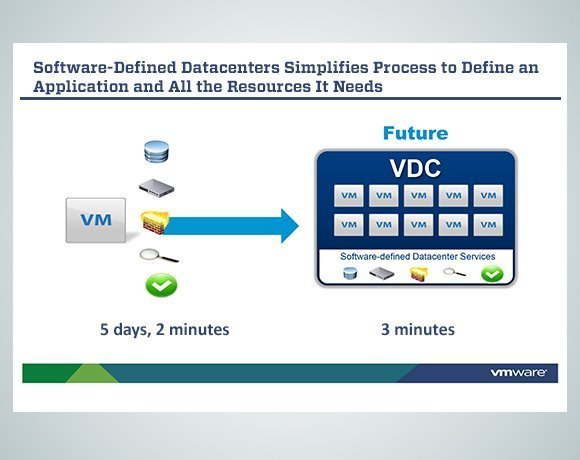Getting VMware terminology straight
Virtualization is a way to abstract end users from the resources in the data center. As virtualization evolves into cloud computing and what VMware calls the software-defined data center (SDDC), users are simply more abstracted from the underlying hardware resources, including servers, storage and networking.
In the VMware software-defined data center, host clusters, software-based services, storage and networking are grouped into provider virtual data centers (pVDCs). One pVDC may have more hosts than another; some pVDCs might deploy VMware Fault Tolerance for constant VM uptime, while others use High Availability or no uptime software. In turn, the business is segmented into virtual data centers (VDCs), usually by division, such as finance or HR. The IT team grants each VDC access to the appropriate pVDC based on computing performance, security and availability requirements, among other factors. This is how end users access hardware resources.
You can also consider software-defined data centers as preparatory for enterprise IT's move to cloud computing. The array of VMware software tools for software-defined data centers create a private cloud infrastructure that can then easily interface with public cloud infrastructures.
Size up the VMware SDDC
How a data center looks before and after SDDC
An example of how SDDCs work
What's missing in VMware's SDDC










